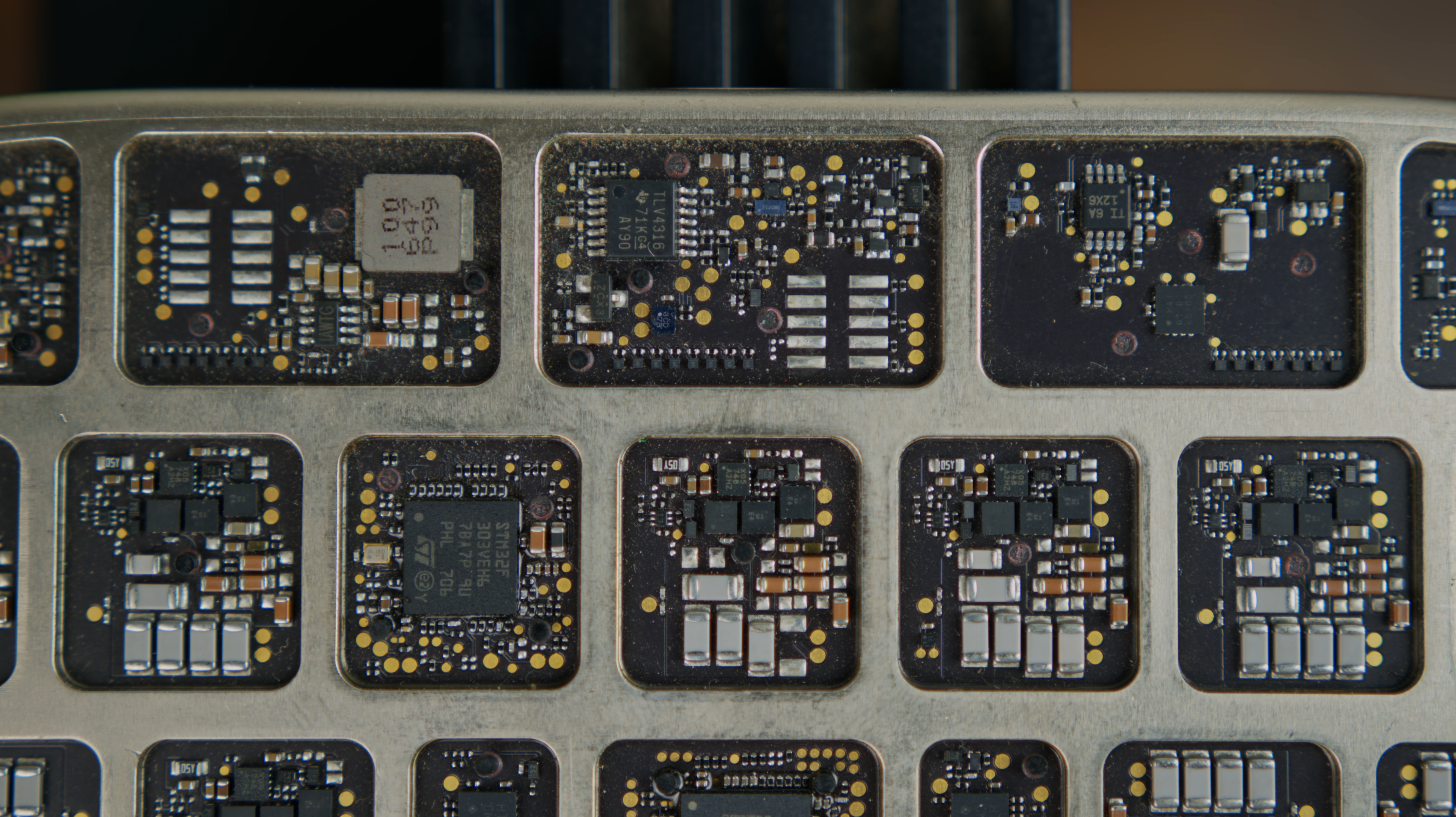
Here’s a conversation with Sarah Myers West, one of the paper’s authors and managing director of the AI Now Institute, to explain why these programs don’t come close to truly being open.
Within the AI boom, open source is certainly a buzzy phrase. What’s it mean exactly—and what’re its origins?
If you look back to the 1990s and the emergence of open-source software, it contains a set of core principles: that the software would be transparent, that it would be documented, that you would have access to the source code and be able to tinker with it and that the licensing provisions enable widespread use without charging for it.
There’s a long history of big businesses offering such software. A good example is when IBM invested a billion dollars back in the 90s into the open-source operating system, Linux, and it was explicitly because they were worried about Microsoft’s dominance in operating systems. Likewise, Google open-sourced Android in hopes that it would help it compete with Apple’s iPhone.
When you take that sort of original definition of open-source software you have a lot of difficulty applying it to AI. For example, the Open Source Initiative, which helps develop standards for open-source licensing, has started a process of trying to come up with a new open-source definition for AI because it doesn’t really map very cleanly onto the kinds of systems that are in wide use today.
Head here for more.